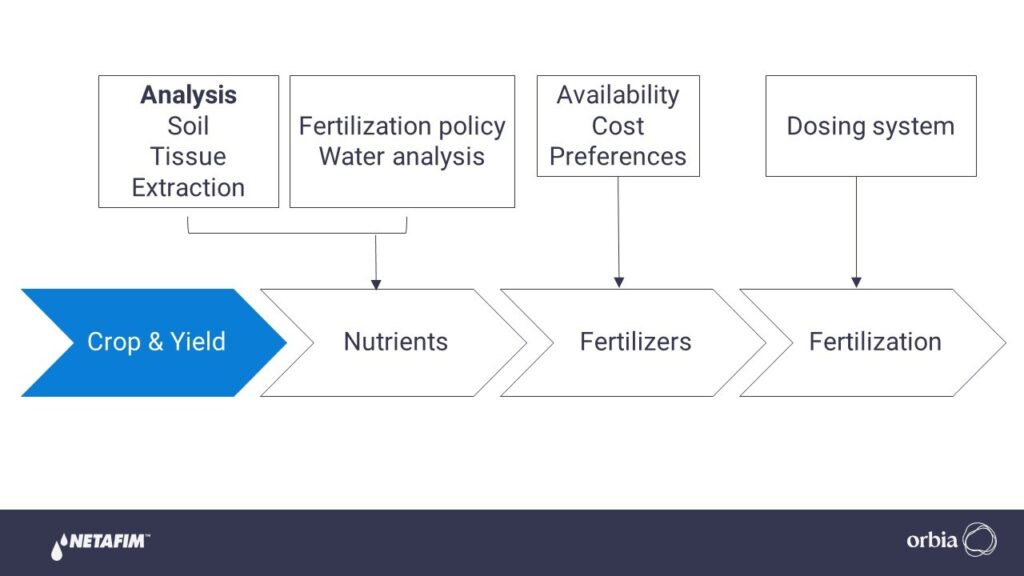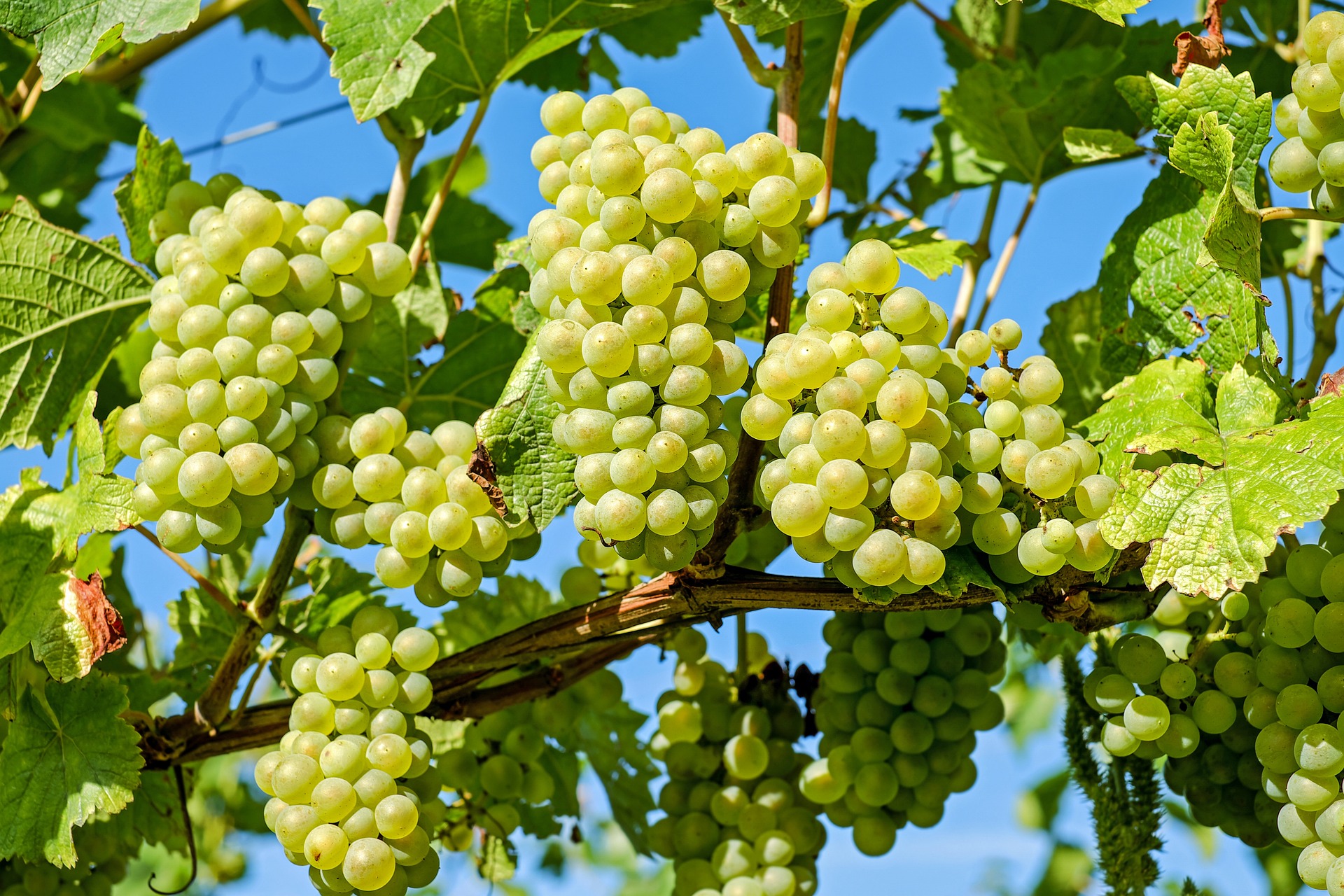Plant nutrition is one of the key areas where an impact can be made to increase success and efficiency in crop production. We know that plants need nutrients to grow, fight off diseases and pests and reproduce. If nutrients are so important, why not apply these nutrients with the utmost precision? Let’s deliver on demand, on location.
Precision Fertigation
Fertigation is the delivery of fertilizer through irrigation. Precision fertigation is the optimal root-zone management tool delivering just the right combination of water and nutrients directly to the roots of each plant, according to crop phenological cycles.
Benefits and Beyond
Successful plant nutrition is all about exact quantities, correct nutrient combinations and precise timings. By applying nutrition through the irrigation system and using precision dosing technology to do so, you can ensure that the correct quantity and combination of nutrients is applied exactly when the crop needs it.
There is so much you cannot control, the market, the weather, and much more. These fluctuating aspects impact your crop’s requirements and production goals throughout the season. When you practice precision fertigation, you can adjust your plant nutrition plan throughout the season in reaction to these fluctuations to uphold optimal efficiency.
Suitable Progression
Planning and executing a fertigation plan and fertigation system, will require significant research and consultation. It is very important that the fertigation plan and practices are in line with existing farming practices. Important information during the planning process may include fertilizer practices, average yield, climatic and environmental conditions, typical nutrition-related challenges faced, and the necessary water and soil analysis information.
The three most important building blocks of a fertiliser plan is the nutrient needs of the crop required to achieve the production goals, the required fertilizers and quantities to achieve the nutrient recommendations, and the application method. These three blocks are sequential, and the outcome of research and consultation for each of these blocks will affect decision-making in the next.

Graph1: The building blocks of a fertiliser program and how they interact.
Worth the Effort
The initial cost of implementing fertigation may be high, but the reward outweighs the cost over and over. Rewards include savings in fertilizer cost, labour costs, energy costs and more. Secondly, the increase in yield, as a result of optimised fertilization, are often substantial.
These rewards are, of course, only yielded if fertigation is done right. A good fertigation system and plan must consider the skillset and practices on the farm, the crop’s needs during the season, soil and water analysis results, climate as well as fertilizer availability and cost. Lastly, monitoring during the season and adjusting the fertigation actions in real time is the final key to increased success.









